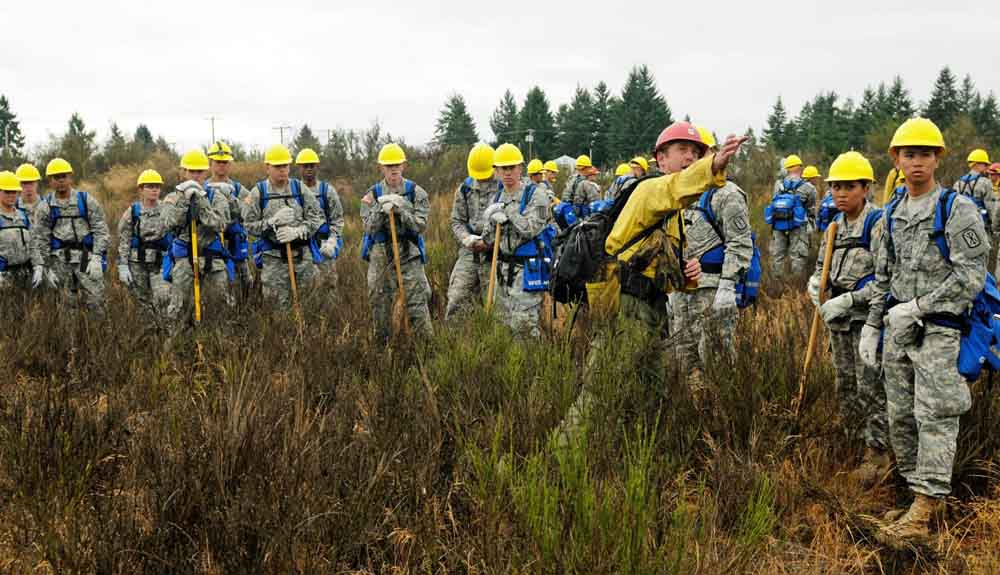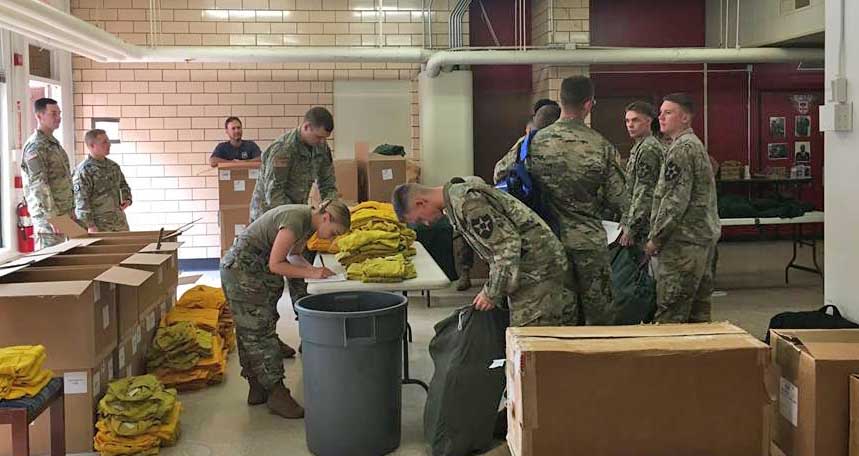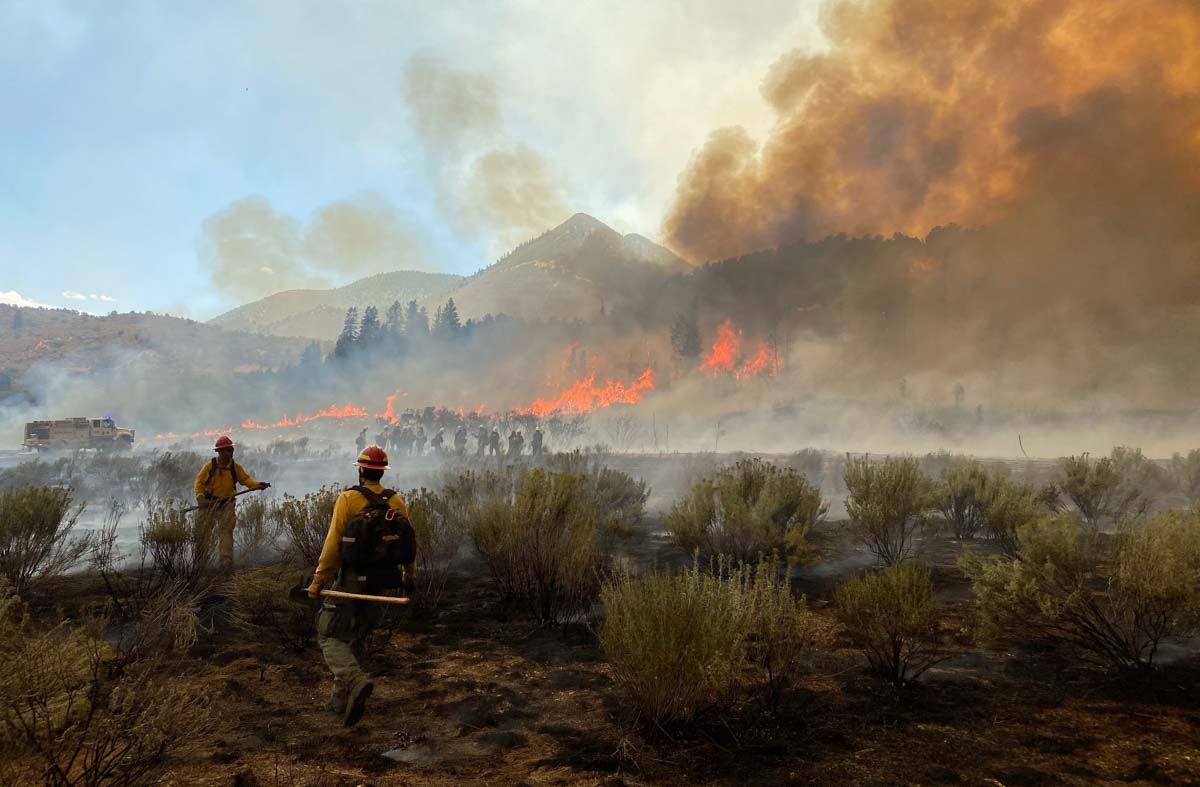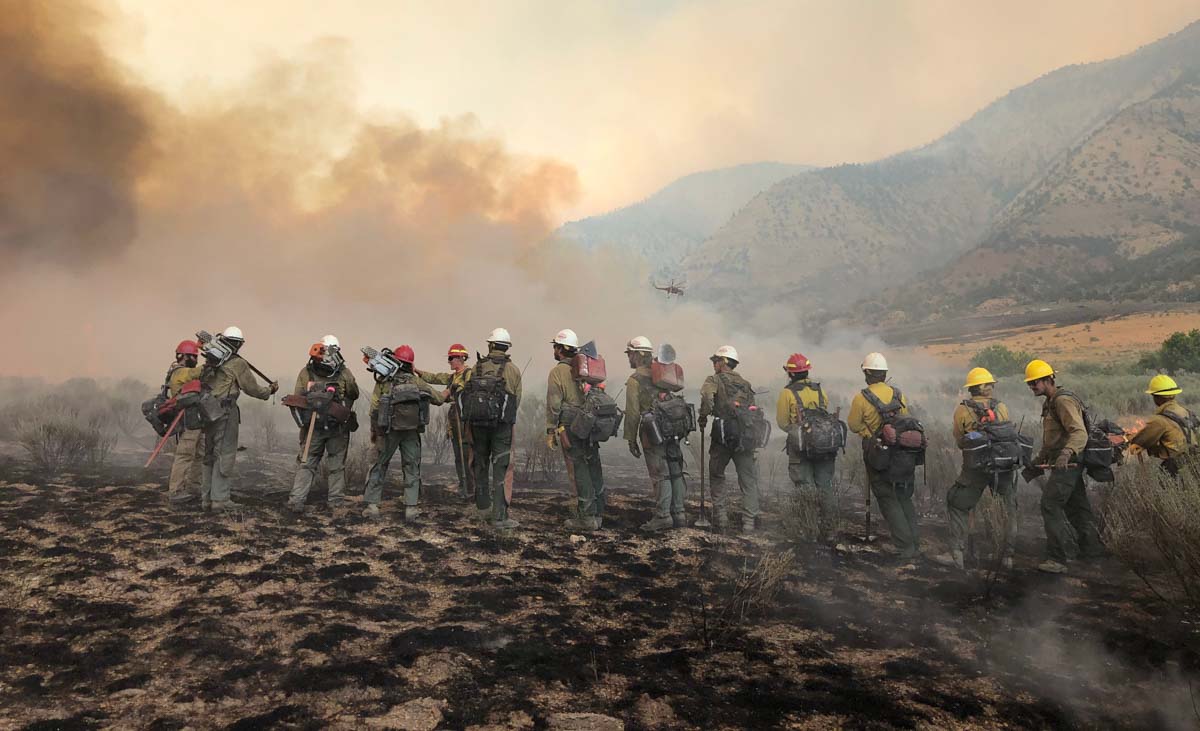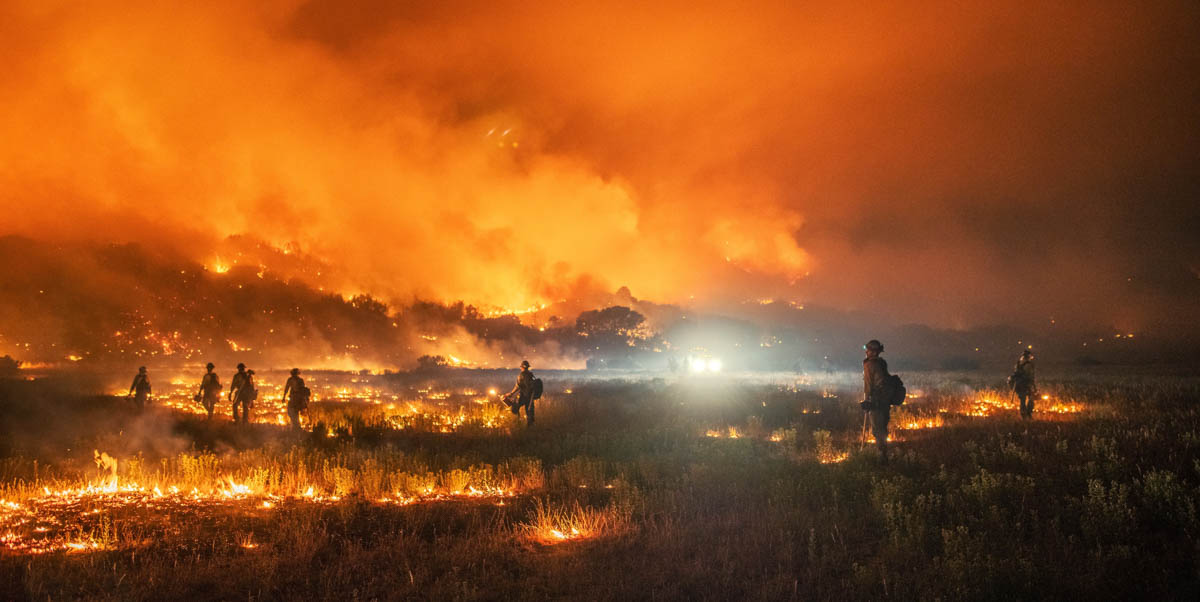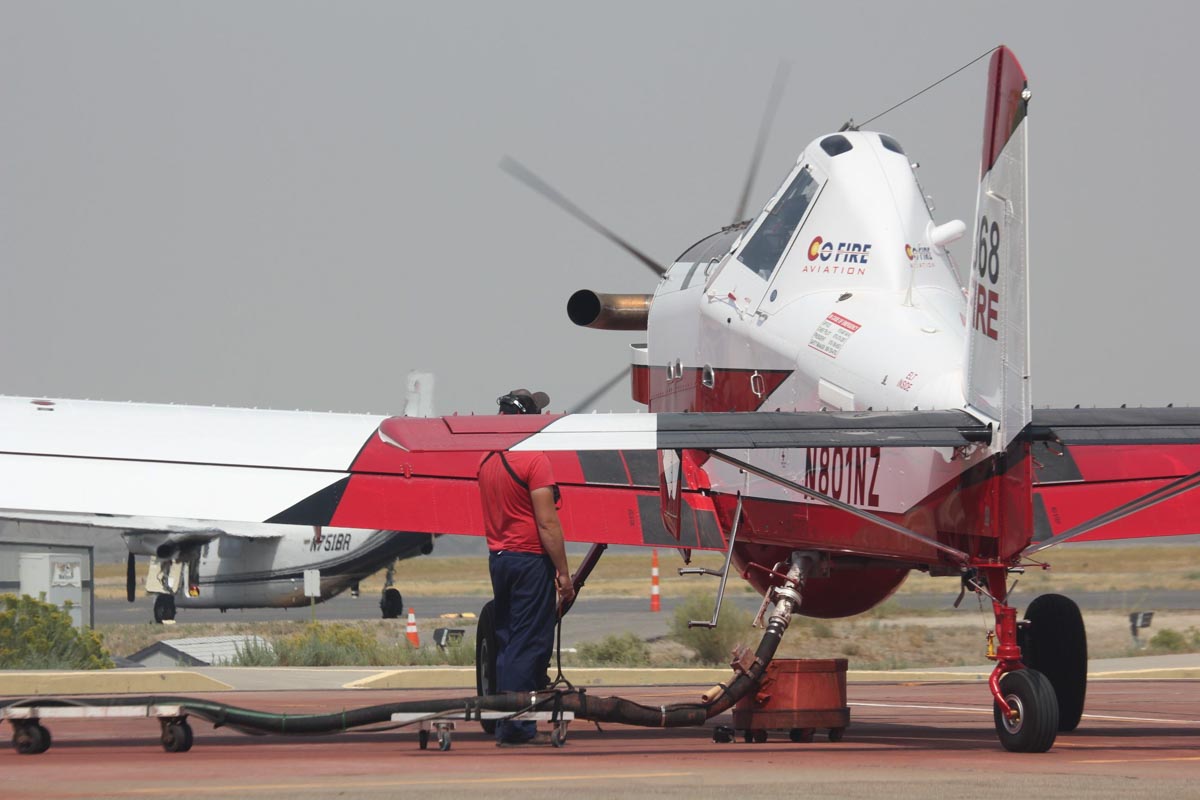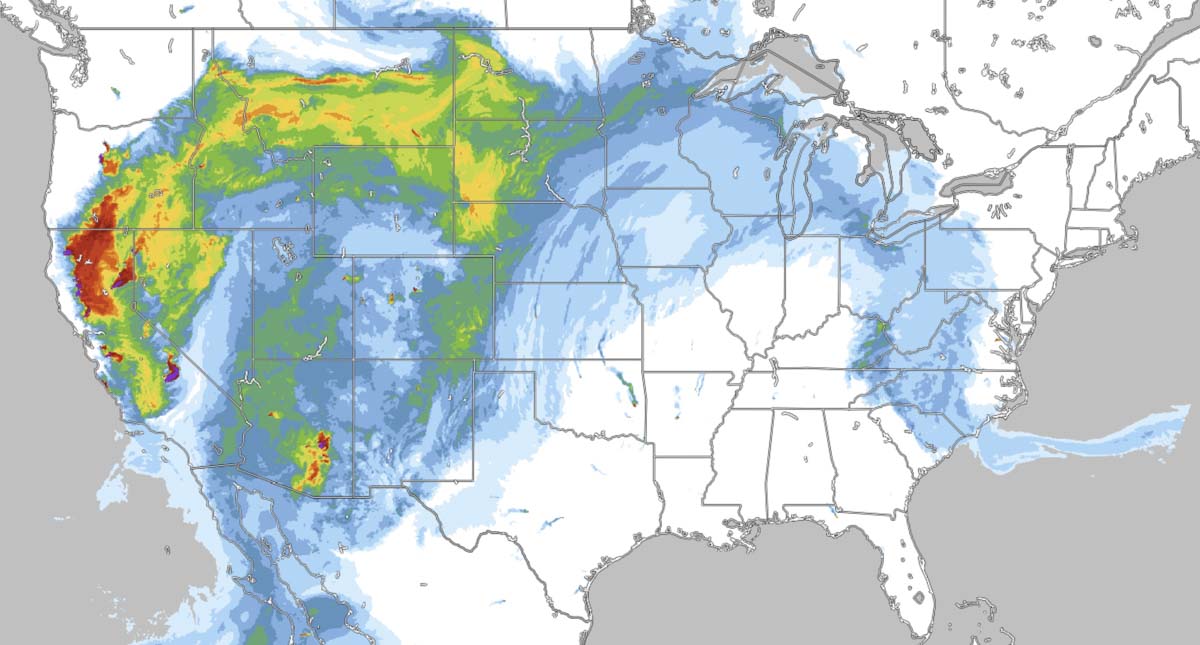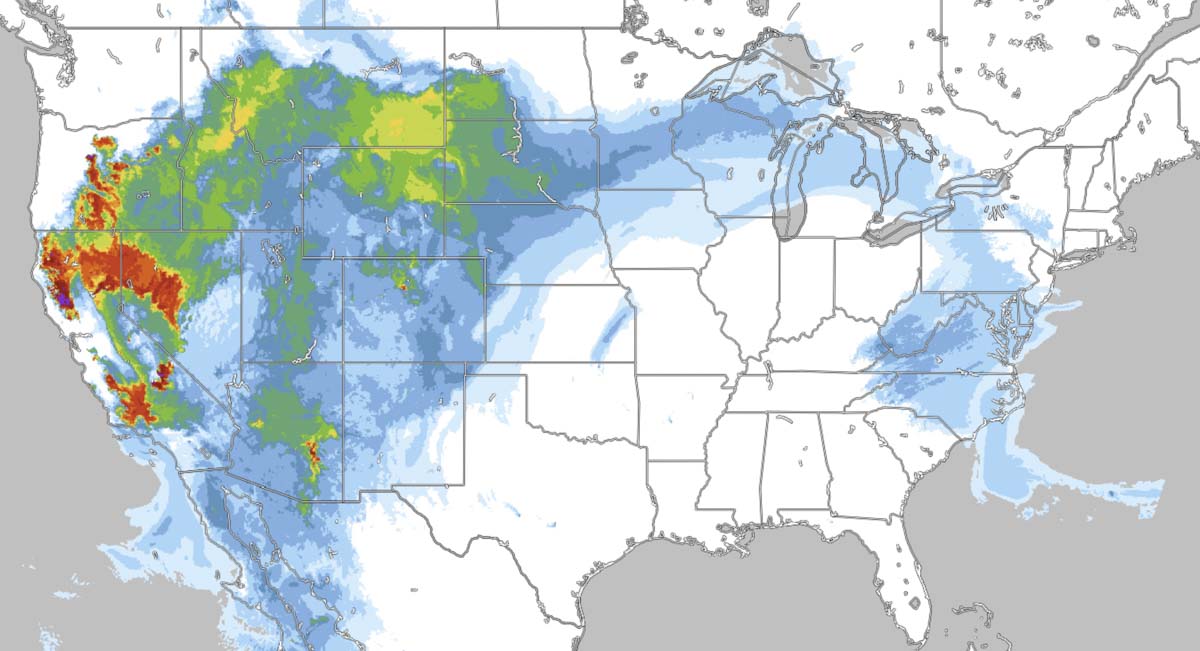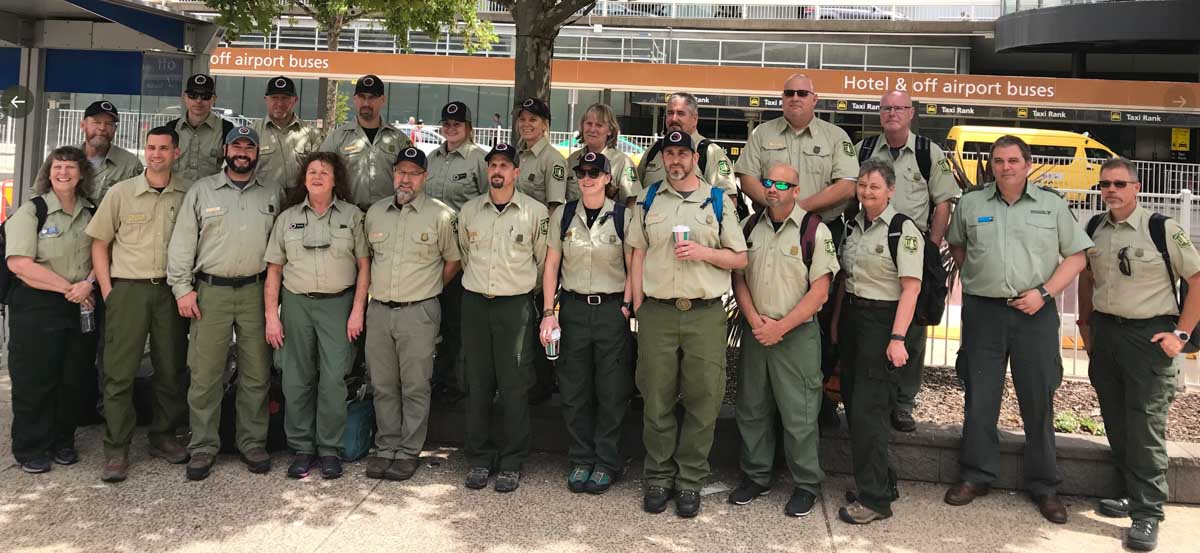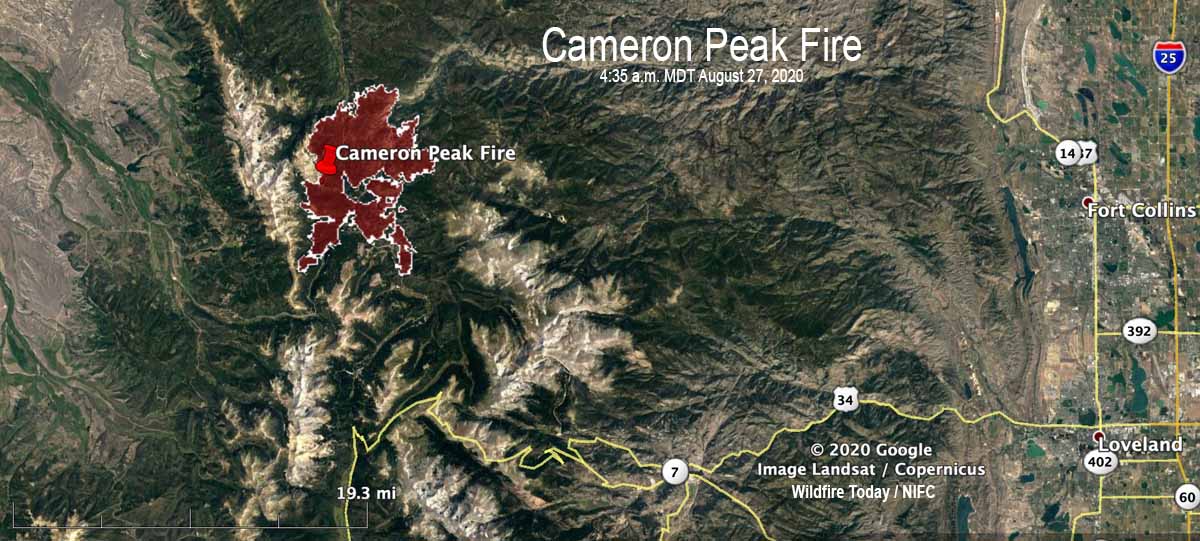
Three engine crew members working the night shift on the Cameron Peak Fire 32 miles west of Fort Collins, Colorado tested positive earlier this week for COVID-19. Five others at the 22,845-acre fire were considered exposed, so all eight were quarantined.
“It was three people off of one engine,” that tested positive, said Kevin Ratzmann the Medical Unit Leader for the fire. “One individual [initially] tested positive for COVID August 24. He started having a little shortness of breath so he was tested at the local hospital.”
The other two members of the engine crew also tested positive.
To see all articles on Wildfire Today about the Cameron Peak Fire, including the most recent, click here.
Before the first person who tested positive received his results, he came back to the fire camp and potentially exposed others, so five more people were put on precautionary quarantine. Local public health personnel determined that those five individuals were exposed within six feet for 15 minutes or longer, so they were quarantined out of an abundance of caution, explained Mr. Ratzmann. “Not one of [those five] have any symptoms,” he said. “They were all tested today [August 28]. We are waiting on the results and will test them again in three days and if they are all clear they will return to work.”
The person on the engine crew that reported symptoms claimed a medical exemption for wearing a mask, but the incident management team is now requiring everyone to wear a mask except when they are actually fighting fire on the fire line.
Many of the activities normally located at the incident command post have been converted to virtual systems or using QR codes, including check-in, demobilization, and meetings.
After contact tracing was completed, no personnel at the fire other than the eight that were isolated or quarantined were tested for COVID-19. However, the incident management team is offering voluntary COVID testing to others on the fire. Mr. Ratzmann said it was mostly because their home unit wanted the testing, not because they have symptoms. He said it took about two days to receive test results on the Pine Gulch Fire, another blaze in Colorado where he was assigned earlier, as the incident management team was tested when they demobilized.
Mr. Ratzmann said that starting early next week anyone at the Cameron Peak Fire who is being demobilized will be tested once if they request it. The national situation report shows 730 personnel assigned to the fire.
There are 38 people working in the Medical Unit at the incident command post, including personnel on the 5 ambulances. That is a larger staff for a Medical Unit on a 730-person fire than in the pre-COVID era.
The Cameron Peak fire has been less active in the last couple of days. Satellites orbiting more than 200 miles overhead have not been able to pick up very many large heat sources. However, there are undoubtably numerous areas on the fire that are still burning and where much still needs to be accomplished by firefighters. Most of the areas detected by satellites were on the northeast side, four to five miles northeast of Chambers Lake.

